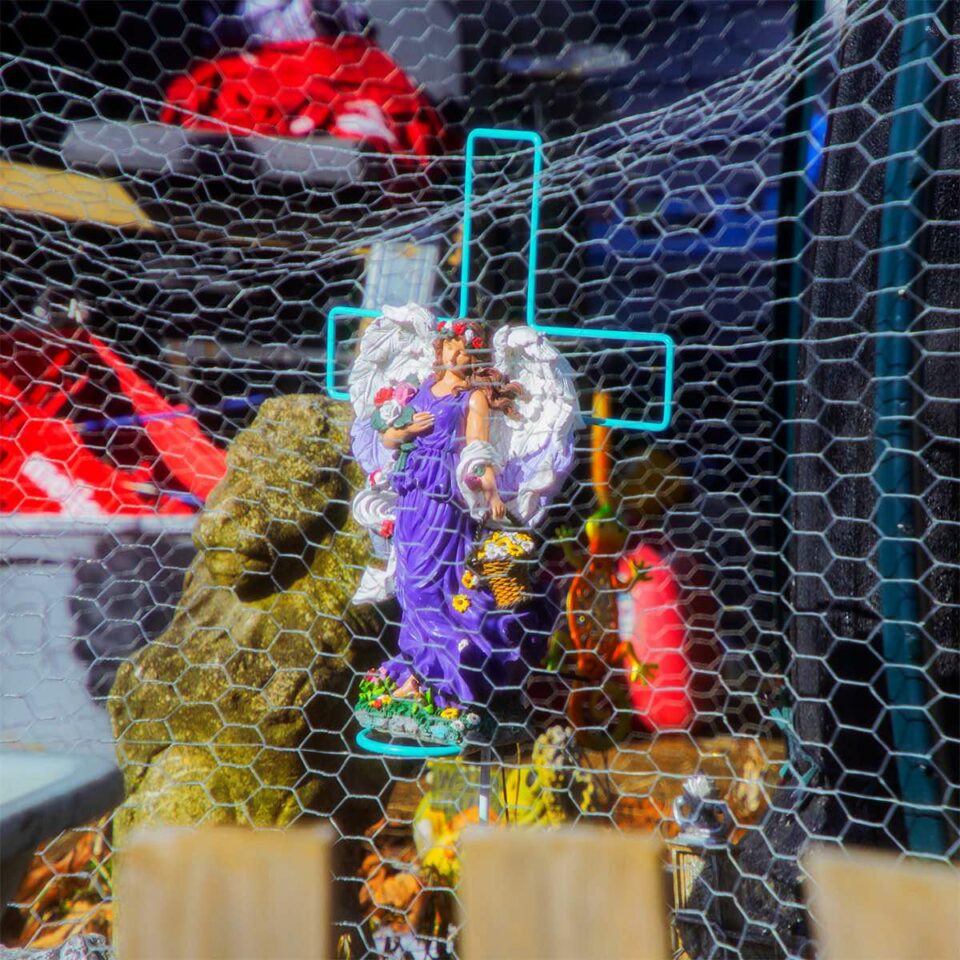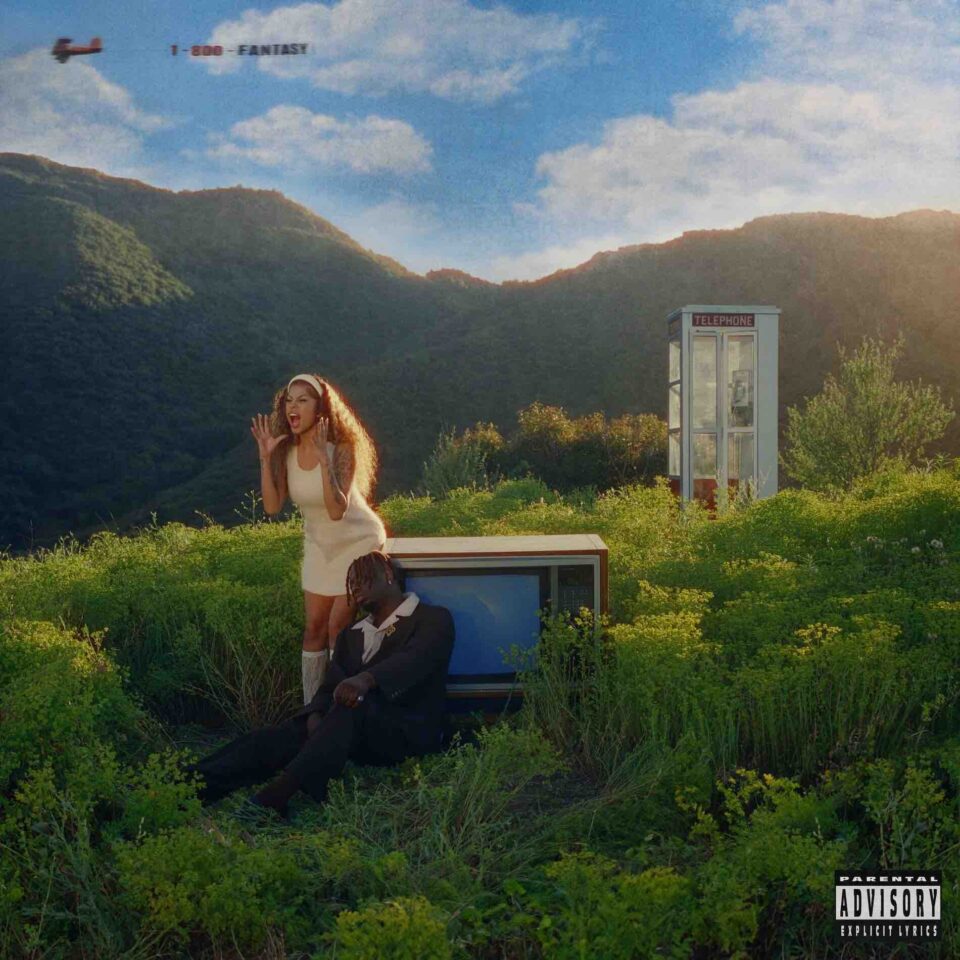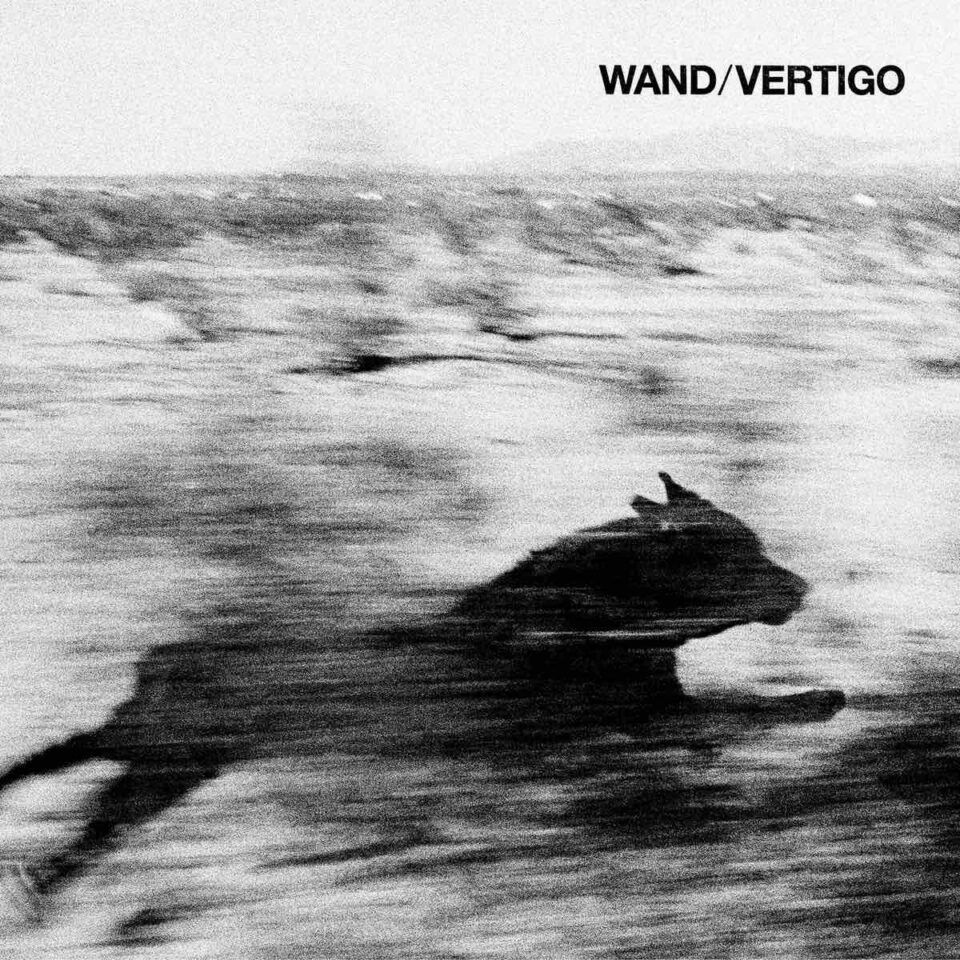It feels like we’re starting to phase out of the records-written-before-quarantine-but-which-feel-especially-relevant period of 2020 and entering into the exponentially heavier records-written post-quarantine era. The new LP from Nashville duo Anne Malin is one such project—a country record experimenting with both the genre’s twangy form and lyrical themes. The slide guitars and Malin’s country-western vocals manage to keep your attention from wandering toward the unsettling backing ambience, as well as their poetic lyrics about this bizarre new temporal filter for processing grief.
Waiting Song is an exploration of a specific facet of our quote-unquote new normal: an utter lack of awareness of the passing of time. Days and weeks and months all bleed together, and moments of joy and sorrow are contorted to sometimes-unbearable lengths. While the album title—as well as tracks like the opener “Empty Is the Day” and closer “Hourglass”—make the record’s themes clear, Anne Malin Ringwalt gave us some insight into each of the record’s eight audibly uncertain tracks. Stream the record—out today—and read their descriptions below.
1. “Empty Is the Day”
In the early days of the pandemic, Will described our caution: like watching a storm come closer to shore in slow motion. Nothing seemed to change in our view, yet people were dying. I was thinking of time as a kind of echo, leaving traces on a landscape. I was thinking about how time leaves traces on the body, sometimes slowly and sometimes quickly. I was thinking of times when I felt wise, or felt like meaning could be gleaned, but really it was just time’s movement. I was thinking about myself as a part of time’s landscape.
2. “Child”
Something I’d drive down a rural interstate to, the windows rolled down. Something I’d spite my exes to. And, halfway through, something I’d float in a river to.
3. “Sleep”
I wanted my husband to have a lullaby. He had been talking about the rain, spring rain in the South. I thought about prisms in the rain, a visual echo. I thought about my recurring dreams, the landscapes I return to—how I wanted to take Will there with me. I thought about how a repeated sound or sight is comforting, material for sleep.
4. “Waiting Song”
Will and I were walking in Shelby Park by the Cumberland River. The pandemic had just descended, leaving us both without work. I was thinking about my grandparents, particularly, not knowing when I’d be able to travel across the country to be with them. I was picturing them in their living room, its big glass window that looks out to an olive tree. I was thinking about my grandmother’s impatience and anxiety. As Will and I walked, I wrote down the lyrics on my phone, humbled by all our “not knowing.” When we got home, legs tired, we started recording.
5. “What Brings My Eyes Open”
Post-tornado, I needed a song to jolt me out of fear. The last time my eyes were “brought open,” it was because a tornado ripped through our neighborhood in Nashville. I wondered what Will woke to in our workless days, and found relief imagining his sleep. Later, as we produced this song, we found ourselves in some kind of Lynchian jazz scene, recording against mundanity.
6. “Pearly Sleigh”
This is the last song we recorded for the record. It snuck up on us. I had been having trauma dreams, my days haunted by traces of sleep. I had been dreaming of times when my body wasn’t mine, when it was taken over, violated—how those violences affected my perception of myself, my capacity to give. I was tired of being described as “haunted.” This song moves through all of that—and toward clarity, my agency: “I will give what I give to you.” As much as the lyrics devolve, turn back to this powerless image of “my body on a pearly sleigh” (i.e., someone else’s ideal, someone else’s object), I know myself. The more that image repeats, the pearly sleigh, the more I possess it.
7. “Mountain Song”
I wanted to return to the imagery of “Child,” but this time in darkness. Where “Child” has chamomile and fake pink silk, “Mountain Song” has lace and bells. Where “Child” has pedal steel, “Mountain Song” has distorted guitar, radio sounds picked up from the Danelectro and fed back into the amp, into our recording space.
8. “Hourglass”
We wanted melodies to appear more than once in this record and brought back the vocal melody for “Sleep,” as well as the radio-through-guitar in “Mountain Song.” This song feels like a true movement forward, the most optimistic way to end our time-dwelling record: “We go on dancing.”









